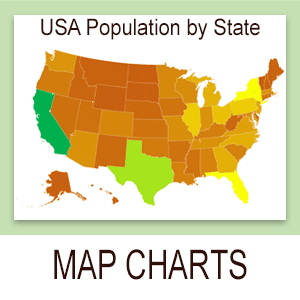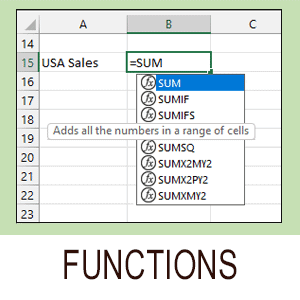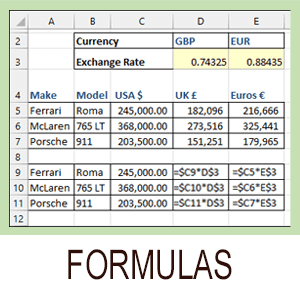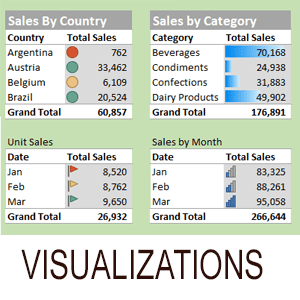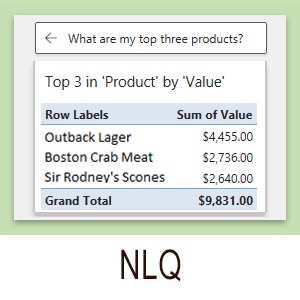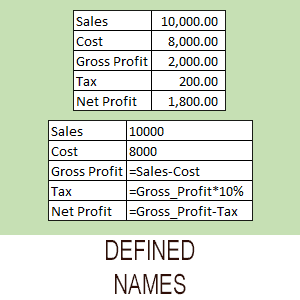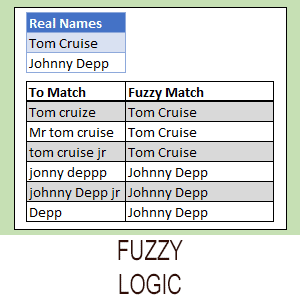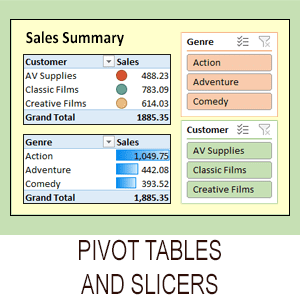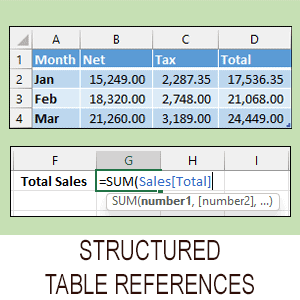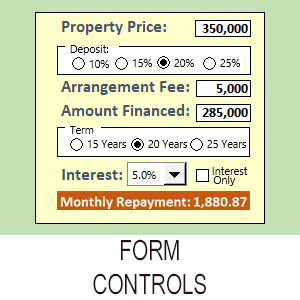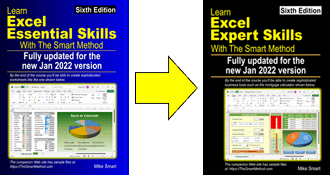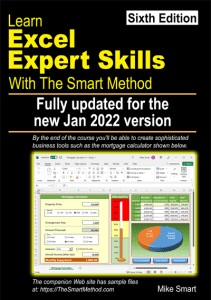What is the IF function?
The IF function is an Excel function that is used to test for a logical condition and return different values depending upon it.
For example you could test if cell A1 contains the number 1 and return “Yes” if it does using this formula:
=IF(A1=1,”Yes,”No”)
If you’re unfamiliar with Excel formulas and functions you could greatly benefit from our free Basic Skills E-book.
Advanced functions such as IF are covered in depth in our Expert Skills Books and E-books.
The problem with nested IF functions
Sometimes you need to test for more than one condition at the same time. Consider this example:

In this example you want to use an IF function to determine whether employees are paid a bonus or not. Only employees who have exceeded their quota and are paid a quota bonus should receive a bonus.
You could solve this problem using ‘nested’ IF functions. Nesting means placing one function inside another function. The formula would look like this:
=IF(B2>C2,IF(D2=”Yes”,”Paid Bonus!”,”No Bonus”),”No Bonus”)
If this formula doesn’t already look complicated to you, imagine how it would look with 3 nested IF functions or even more!
Nesting functions isn’t necessarily incorrect, but it tends to make formulas harder to understand and more prone to error.
Simplifying the formula with the AND function
Excel’s AND function allows you to test for multiple conditions within a single function. Here’s how the formula looks using the AND function instead of two nested IF functions.
=IF(AND(B2>C2,D2=”Yes”),”Paid Bonus!”,”No Bonus”)
This has greatly simplified the formula, and is the correct approach if you need to return a single result in response to multiple conditions. Excel also contains an OR function that returns a result if any one of the conditions within it are true.
AND and OR are explained in much greater depth in our Expert Skills Books and E-books.
Sample workbook
You can download a sample workbook showing both formulas in action.

An alternative solution using helper columns
There are some cases where multiple IF functions are needed. This can result in some very complex formulas.
You can help to simplify complex formulas by dividing them into multiple smaller formulas in different columns, known as ‘helper columns’. If you don’t want these to be visible to users you can always hide the helper columns.


These are the only up-to-date Excel books currently published and includes the new Dynamic Arrays features.
They are also the only books that will teach you absolutely every Excel skill including Power Pivot, OLAP and DAX.
Some of the things you will learn

